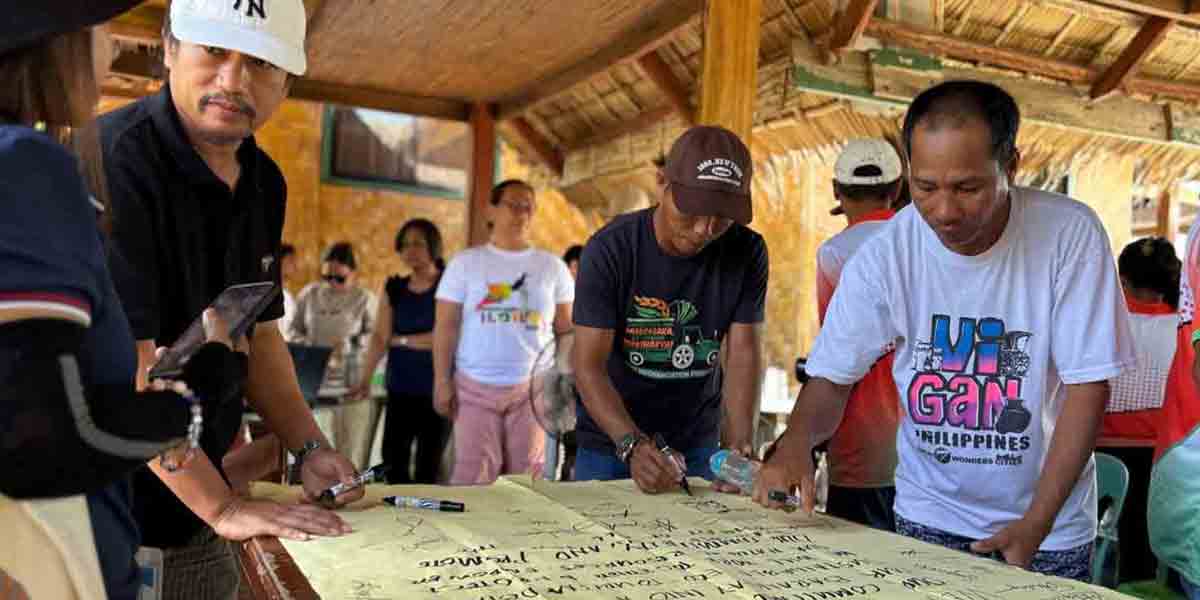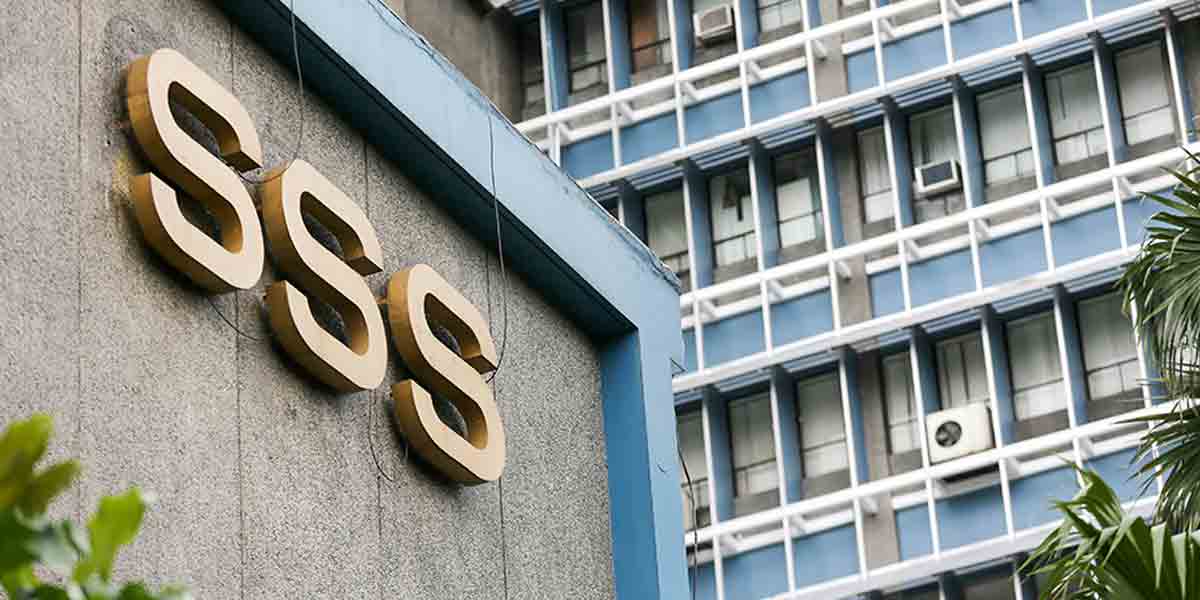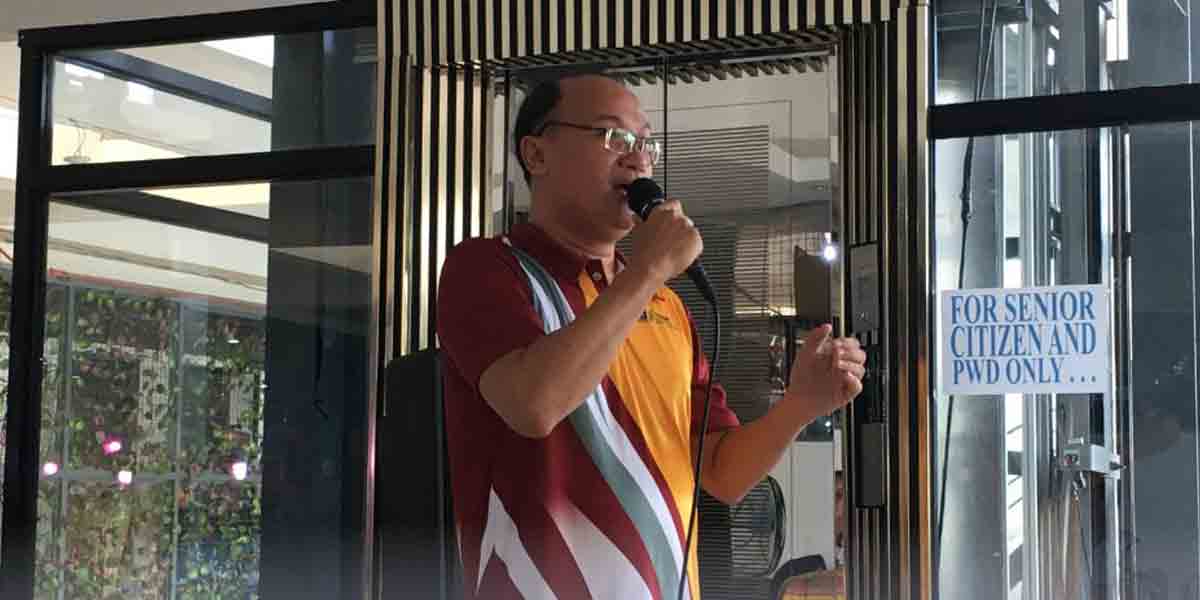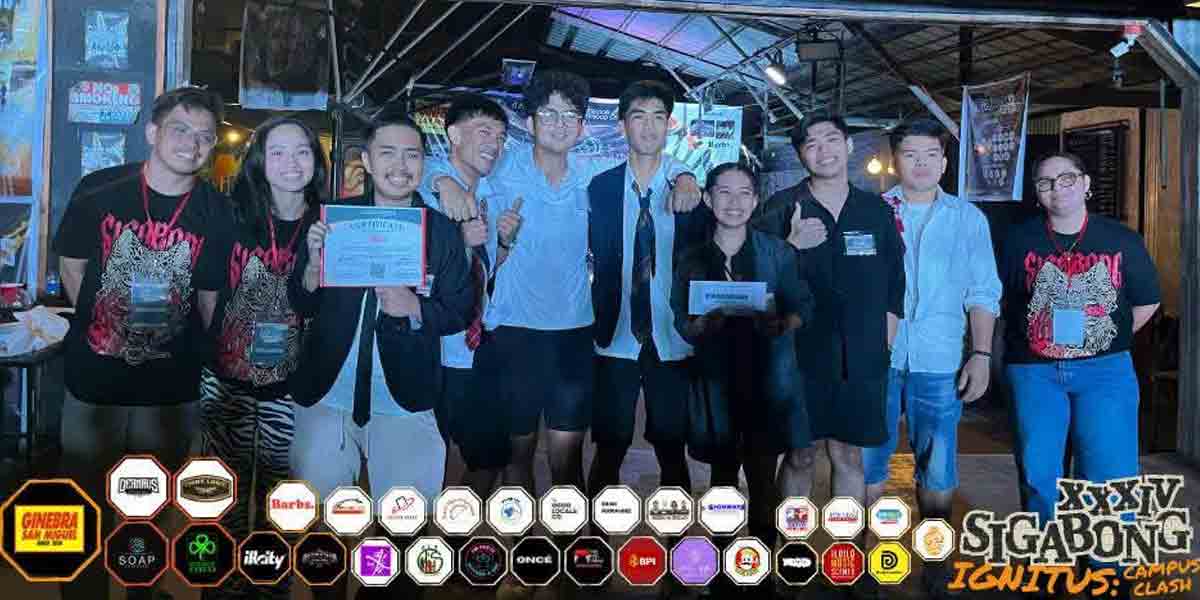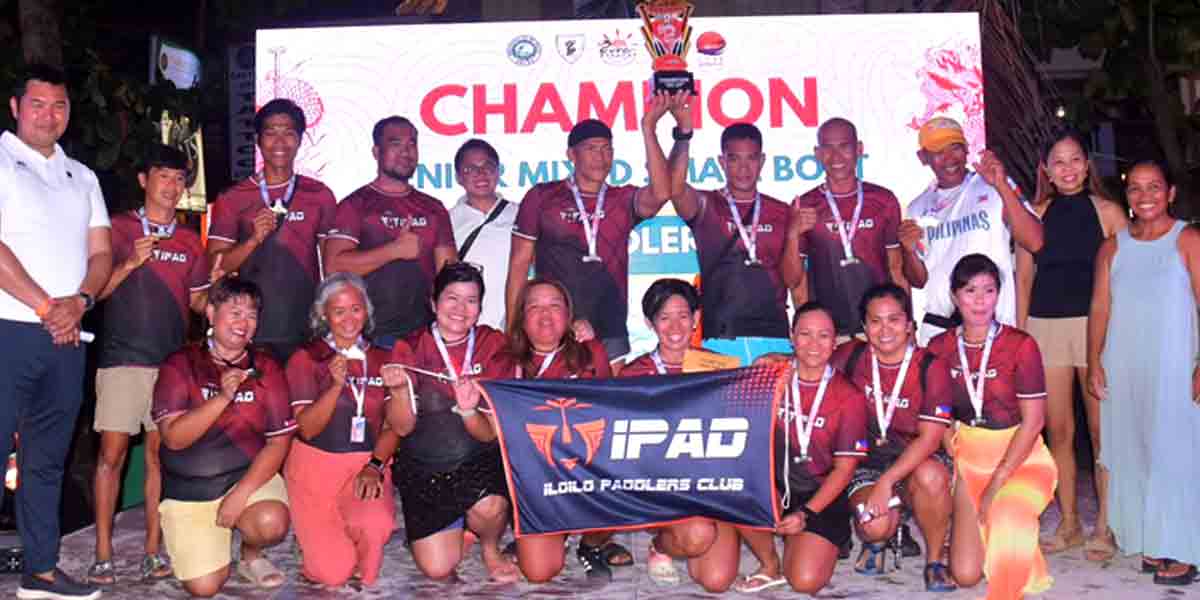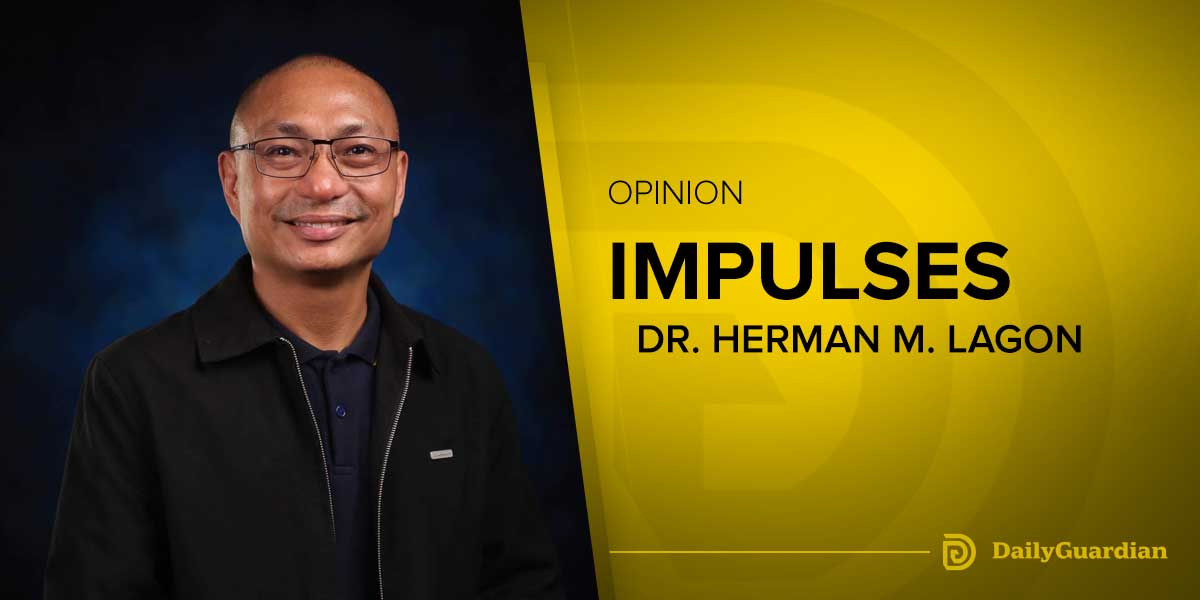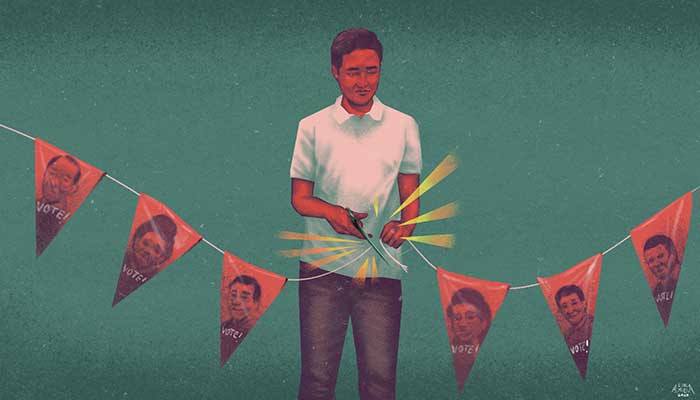
By Arjan Aguirre
It is one thing to win against a member of a political dynasty, but quite another to put an end to their political rule. In the Philippines, an electoral defeat of one or two members of a political dynasty often leads to their successful return to power. It is no wonder that despite numerous triumphs of “dynasty slayers” out there, we can still see dynasties persist across the county. Is it possible to prevent them from coming back to power?
In recent decades, we have witnessed how some dynasties at the local scene were getting defeated by individuals who do not come from rival dynasties. What is puzzling about these cases is the fact these victories have failed to put an end to the political rule of dynasties—some such as Padaca against the Dy dynasty in Isabela were just electoral successes and that in the next elections or two, these dynasties have managed to mount a stronger campaign and reclaimed their posts, while others such as Malonzo’s case against the Asistios in Caloocan City have only undermined a dynasty’s hold on power and yet they still managed to cling on to one or two positions in the government.
One case stands out among the rest that perhaps deserves more attention in this struggle for political space in Philippine democracy—Pasig City and Vico Sotto’s story and the end of the Eusebios’ rule.
In Pasig City and Sotto’s case, the defeat of the Eusebios involves a successful “dynastic dismantling” where all family members have lost their hold on power in the city government and elsewhere.
In contrast to a mere electoral victory in an election or two, here we have a complete end of a political family’s power because all their family members are no longer in power, and they are prevented from returning to their old post and reconsolidating their rule.
So how did they do it?
This successful story, first and foremost, is made possible by the joint efforts of both the people of Pasig City and the progressive and reform-oriented brand of politics of Vico Sotto. Pasigueños wanted change, Sotto responded and now the city government is run in an inclusive and participatory governance that makes it one of the trailblazing cities in the country.
This enviable partnership began in 2016 when Sotto first ran as councilor (2016-2019) and made a lasting impression on Pasigueños that his public service is something that is serious and oriented toward real change in the city government. That was the time that he started to connect to ordinary people in the city— he mounted his campaigns on the streets by organizing small-scale dialogues with residents, vendors, workers, and informal dwellers across the city.
In his brief stint in the city council, he became popular for being an outlier for asking those difficult questions on city ordinances and pushing for reforms (such as Freedom of Information ordinance) in the city government processes and services.
In 2019, Sotto made a big leap in his career as a public servant by deciding to run as mayor and challenge the 27-seven-year-long rule of the Eusebio family in Pasig City.
Undeterred by the machinery and resources of his rival, Sotto relied again on his old ways by tapping his growing grassroots network—this time working with more local public servants, organizers, activists, and community leaders who are inspired by his cause of pushing for reforms and lasting change in the city government.
His campaign was a real people’s campaign—with ordinary people doing most of the talking while Sotto and his colleagues eagerly listened and asked questions. His campaign became relatable to many because he was serious in speaking with the people and used their sentiments and concerns in convincing voters to support him.
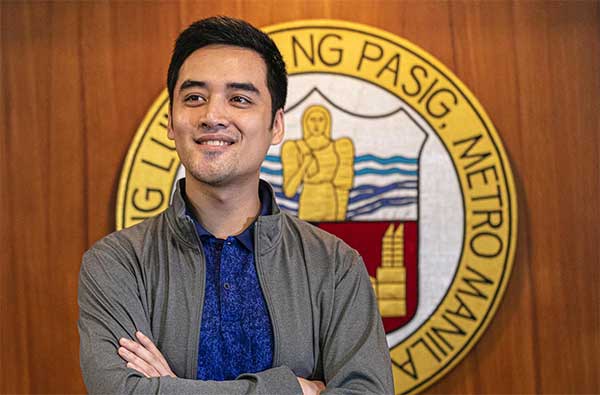
The electoral victory over then incumbent mayor Robert Eusebio in 2019 did not stop Sotto and the Pasigueños from doing the impossible and unthinkable.
Sotto, with the help of his constituents, opened the city government’s doors so that more people (especially the activists, organizers, professionals, young, and experts) can join the local government, empowered and professionalized the existing city government employees, fostered open communication and dialogue with other constituents, and adopted a quick and responsive style of governing that improved the services of the city government, among others.
Sotto’s style of leadership and the participative governance that was put in place in the city government were tested during the Covid-19 pandemic and they did not disappoint.
As mayor, Sotto is one of the few local government officials who proved that local governments are and will always be the most direct and impactful government unit in times of crisis. He was quick to respond to situations, creative in coming up with solutions, and proactive in preventing problems from worsening.
He made those things possible with the help of his professionalized and invigorated city government as well as inputs from volunteers, civil society organizations, people’s organizations and other private entities in the city.
During the pandemic, Pasigueños, under the leadership of Sotto, produced a state-of-the-art contact tracing app, effective transportation service for health workers and other frontliners, efficient and organized health facilities and services (in close partnership with private health providers in the city), etc. Pasig City’s response to the pandemic under Sotto is a role model for many during that time.
In the 2022 elections, Pasigueños were all supportive of Sotto and his allies—reelecting Sotto as mayor, electing Robert “Dudut” Jaworski as his new vice mayor, reelecting Roman Romulo as district representative, and eight out of twelve council members.
The Eusebios were not able to mount a comeback due to Ricky Eusebio’s second loss to Romulo for the district representative position. With no Eusebio getting elected in any position in the government, this may be perceived as their “dynastic dismantling.”
How do we make sense of this case of Pasig City and Sotto?
What this story tells us is that “dynastic dismantling” is something that can be done if only the people are there to make it happen. As we have seen in the past, challengers may defeat dynasty members by being there during their decline or political demise (Just like Mon Ilagan in Cainta, Rizal), perhaps exploit intra or inter dynastic conflict (like what Ed Panlilio did between the Lapids and Pinedas in Pampanga), using one’s popularity through their celebrity status (such as Rey Malonzo in Caloocan), and resort to progressive politics and mobilizing the people (approach of Arlene “Kaka” Bag-ao in Dinagat Islands).
Dismantling them entirely would certainly need a closer and more effective way to engage the people—a real “mass-elite” alignment where leaders and constituents work together in the government—where people are inclined to electing public officials who are sincere in representing the interests of the many and open the political space for people to participate in governing their locality. People must decide to put a stop to “business-as-usual” in the government, patronage politics, elitist rule, etc.
As Sotto responded to the call of the Pasigueños and started as a “challenger” to the Eusebios’ decades-long rule in Pasig City. He organized a campaign that made sure that he was always connected to the people through dialogues and active listening. Both Sotto and his supporters were able to create a new public discourse in Pasig City which paved the way for people to be really motivated to join his cause and advocacy of improving the city. Once in power, both Sotto and the people of Pasig City created an autonomous government that really works for the good of all constituents. Eventually, the city government became a responsive and effective entity as we have seen during the Covid-19 pandemic.
What makes Sotto an interesting case also is the fact that he bears a popular surname that is already a household name and even connected to an existing dynasty in Quezon City. But we should not forget that he chose to run a campaign seriously by joining and eventually creating a political party, building his network of organizations and volunteers, offering and realizing his platforms of government through an impressive educational background and deep experience in public service, among other things. He may have just resorted to the celebrity status of his surname and chose to capitalize on the popularity of his parents, Vic Sotto and Coney Reyes.
In the end, he still decided to do it the other way—disciplined campaign, principled leadership, evidence-based decision-making, consultative governance, etc. He chose to work with ordinary people, experts, professionals, civil servants, vendors, young people, etc. to make things work for a new “Pasig City government” to emerge. He is successful because he made it work for the people to contribute to rebuilding and reforming the city government and its institutions.
Can it be done elsewhere?
In replicating the case of Pasig City and Sotto, one should bear in mind the challenges that lie ahead for aspiring challengers out there. Dynastic dismantling should always begin with winning an election against one or two members of a dynasty. A dynastic defeat, as we have already seen in the past, is likely to happen when there is a looming decline of dynastic control in a locality, the rise of a very popular and well-known candidate who is willing to challenge the dynasty and offering a progressive alternative, and there is a conflict between and among dynasties.
Defeating a dynasty member should lead to “dynastic elimination” or the loss of other dynasty members in positions in the government. Dynastic dismantling cannot be done overnight. It is a process that will take years to realize. This is also to ensure that the dynasty is prevented from amassing resources for a potential political comeback.
Dynastic dismantling can finally happen once we finally put an end to a dynasty’s political rule—no one is no longer in power and they were not able to return to power in the election that follows since they lost their position. Should they decide to run again in the future, they are free to do so if they give other people the chance to serve and not limit everything to their relatives and close associates.
With the kind of governance that is in place, past or old dynasties will find it difficult to take things for granted and reclaim power easily. They will always find a challenger—new leaders and visionaries who are already there working in their midst—who is willing to contest power for the interest of the many.
It is one thing to dismantle dynastic rule, and yes, another thing to maintain this new status quo. To sustain this, both leaders and the people must also resist the temptation of creating a new dynasty. PCIJ.org
It is one thing to win against a member of a political dynasty, but quite another to put an end to their political rule. In the Philippines, an electoral defeat of one or two member(s) of a political dynasty often leads to their successful return to power. It is no wonder that despite numerous triumphs of “dynasty slayers” out there, we can still see dynasties persist across the county. Is it possible to prevent them from coming back to power?
These past decades we have witnessed how some dynasties at the local scene were getting defeated by individuals who do not come from rival dynasties (See PCIJ’s ‘Who can dislodge political dynasties?’). What is puzzling about these cases is the fact that these victories have failed to put an end to the political rule of dynasties—some (such as Padaca against the Dy dynasty in Isabela) were just electoral successes and that in the next elections or two, these dynasties have managed to mount a stronger campaign and reclaimed their posts, while others (such as Malonzo’s case against the Asistios in Caloocan City) have only undermined a dynasty’s hold on power and yet they still managed to cling on to one or two positions in government. One case, in fact, stands out among the rest that perhaps deserves more attention in this struggle for political space in Philippine democracy—Pasig City and Vico Sotto’s story and the end of the Eusebios’ rule.
In Pasig City and Sotto’s case, the defeat of the Eusebios involves a successful “dynastic dismantling” where all family members have lost their hold on power in the city government and elsewhere. In contrast to a mere electoral victory in an election or two, here we have a complete end of a political family’s power because all their family members are no longer in power, and they are prevented from returning to their old post and reconsolidating their rule.
So how did they do it?
This successful story, first and foremost, is made possible by the joint effort of both the people of Pasig City and the progressive and reform-oriented brand of politics of Vico Sotto. Pasigueños wanted change, Sotto responded and now the city government is run in an inclusive and participatory governance that makes it one of the trailblazing cities in the country.
This enviable partnership began in 2016 when Sotto first ran as councilor (2016-2019) and made a lasting impression on Pasigueños that his public service is something that is serious and oriented toward real change in the city government. That was the time that he started to connect with ordinary people in the city—made his campaigns in the streets by organizing small-scale dialogues with residents, vendors, workers, and informal dwellers, spread across the city. In his brief stint in the city council, he became popular for being an outlier for asking those difficult questions on city ordinances and pushing for reforms (such as Freedom of Information ordinance) in the city government processes and services.
In 2019, Sotto made a big leap in his career as a public servant by deciding to run as mayor and challenge the 27-year rule of the Eusebio family in Pasig City. Undeterred by the machinery and resources of his rival, Sotto relied again on his old ways by tapping his growing grassroots network—this time working with more local public servants, organizers, activists, and community leaders who are inspired by his cause of pushing for reforms and lasting change in Pasig.
His campaign was a real people’s campaign—with ordinary people doing most of the talking while Sotto and his colleagues eagerly listened and asked questions. His campaign became relatable to many because he was serious in speaking with the people and used their sentiments and concerns in convincing voters to support him.
The electoral victory over incumbent Mayor Robert Eusebio in 2019 did not stop Sotto and the Pasigueños from doing the impossible and unthinkable. Sotto, with the help of his constituents, opened the doors for more people (especially the activists, organizers, professionals, young, and experts) to join the local government, empowered and professionalized the existing city government employees, fostered open communication and dialogue with other constituents, adopted a quick and responsive style of governing that improved the services of the city government, among other things.
Sotto’s style of leadership and the participative governance that was put in place in the city government were tested during the Covid-19 pandemic and they did not disappoint.
Sotto as mayor is one of the few local government officials who proved that local governments are and will always be the most direct and impactful government unit in times of crisis. He was quick to respond to situations, creative in coming up with solutions, and proactive in preventing problems from worsening. He made those things possible with the help of his professionalized and invigorated city government and inputs from volunteers, civil society organizations, people’s organizations and other private entities in the city.
During the pandemic, Pasigueños, under the leadership of Sotto, produced a state-of-the-art contact tracing app, effective transportation service for health workers and other frontliners, efficient and organized health facilities and services (in close partnership with private health providers in the city), etc. Pasig City’s response to the pandemic under Sotto is a role model for many during that time.
In the 2022 elections, Pasigueños were all supportive of Sotto and his allies—reelecting Sotto as mayor, electing “Robert “Dudut” Jaworski Jr. as his new vice mayor, reelecting Roman Romulo as district representative, and eight out of 12 council members. The Eusebios were not able to mount a comeback after Ricky Eusebio’s second loss to Romulo in the congressional race. With no Eusebio getting elected in any position in the government, this may be perceived as their “dynastic dismantling.”
How do we make sense of this case of Pasig City and Sotto?
What this story tells us is that “dynastic dismantling” is something that can be done if only the people are there to make it happen. As we have seen in the past, challengers may defeat dynasty members by being there during their decline or political demise (just like Mon Ilagan in Cainta, Rizal), perhaps exploiting intra or inter dynastic conflict (like what Ed Panlilio did between the Lapids and Pinedas in Pampanga), using one’s popularity through their celebrity status (such as Rey Malonzo in Caloocan ), and resorting to progressive politics and mobilizing the people (approach of Arlene “Kaka” Bag-ao in Dinagat Islands).
Dismantling them entirely would certainly need a closer and more effective way to engage the people—a real “mass-elite” alignment where leaders and constituents work together in the government—where people are inclined to electing public officials who are sincere in representing the interests of the many, and open the political space for people to participate in governing their locality. People must decide to put a stop to “business-as-usual” in the government, patronage politics, elitist rule, etc.
As Sotto responded to the call of the Pasigueños and started as a “challenger” to the Eusebios’ decades-long rule in Pasig City. He organized a campaign that made sure that he was always connected to the people through dialogues and active listening. Both Sotto and his supporters were able to create a new public discourse in Pasig City which paved the way for people to be really motivated to join his cause and advocacy of improving the city. Once in power, both Sotto and the people of Pasig City created an autonomous government that really works for the good of all constituents. Eventually, the city government became a responsive and effective entity as we have seen during the Covid-19 pandemic.
What makes Sotto an interesting case also is the fact that he bears a popular surname that is already a household name and even connected to an existing dynasty in Quezon City. But we should not forget that he chose to run a campaign seriously by joining and eventually creating a political party, building his network of organizations and volunteers, offering and realizing his platforms of government, impressive educational background and deep experience in public service, among other things. He may have just resorted to the celebrity status of his surname and chose to capitalize on the popularity of his celebrity-parents, Vic Sotto and Coney Reyes.
In the end, he still decided to do it the other way—disciplined campaign, principled leadership, evidence-based decision-making, consultative governance, etc. He chose to work with ordinary people, experts, professionals, civil servants, vendors, young people, etc. to make things work for a new ‘Pasig City government’ to emerge. He is successful because he made it work for the people to contribute to rebuilding and reforming the city government and its institutions.
Can it be done elsewhere?
In replicating the case of Pasig City and Sotto, one should bear in mind the challenges that lie ahead for aspiring challengers out there. Dynastic dismantling should always begin with winning an election against one or two members of a dynasty. A dynastic defeat, as we have already seen in the past, is likely to happen when there is a looming decline of dynastic control in a locality, the rise of a very popular and well-known candidate who is willing to challenge the dynasty, there is a conflict between and among dynasties, and there is a candidate offering a progressive alternative.
Defeating a dynasty member should lead to ‘dynastic elimination’ or the loss of other dynasty members in positions in the government. Dynastic dismantling cannot be done overnight. It is a process that will take years to realize. This is also to ensure that the dynasty is prevented from amassing resources for a potential political comeback.
Dynastic dismantling can finally happen once we finally put an end to a dynasty’s political rule—no one is no longer in power and nobody was able to return to power in the election that followed after losing their position. Should they decide to run again in the future, they are free to do so if they give other people the chance to serve and not limit everything to their relatives and close associates.
With the kind of governance that is in place, past or old dynasties will find it difficult to take things for granted and reclaim power easily. They will always find a challenger—new leaders and visionaries who are already there working in their midst—who is willing to contest power for the interest of the many.
It is one thing to dismantle dynastic rule, and yes, another thing to maintain this new status quo. To sustain this, both leaders and the people must also resist the temptation of creating a new dynasty.
[1] Assistant Professor (On Study Leave) at the Department of Political Science, Ateneo de Manila University and is currently taking PhD in Political Science at the Department of Political Science, University of Pittsburgh, Pittsburgh, Pennsylvania, United States.



